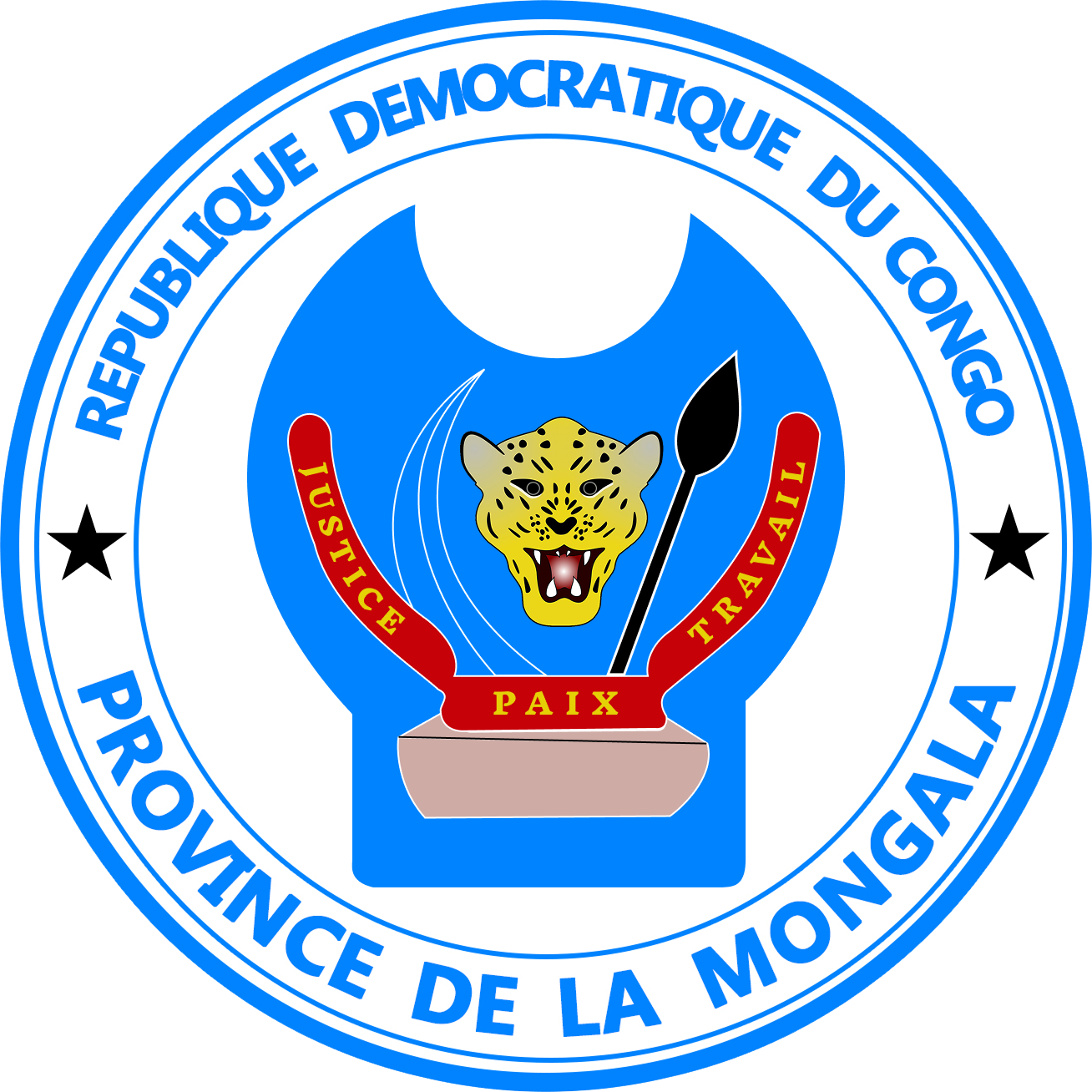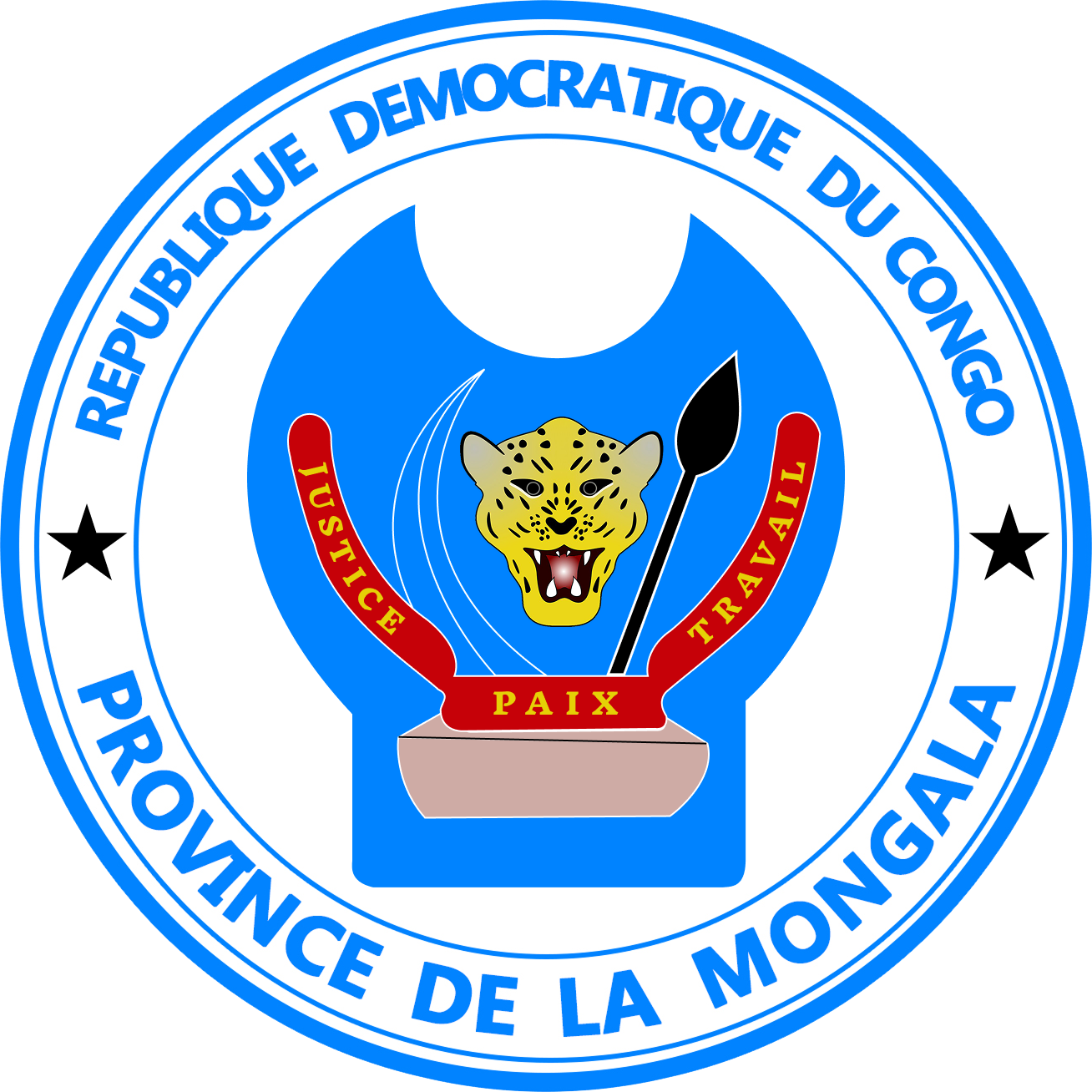🌿 Biodiversity & Wildlife Protection in Mongala Province
Mongala Province is a biodiversity hotspot within the Congo Basin, home to dense rainforests, vast wetlands, and diverse ecosystems that support a wide range of flora and fauna. However, threats such as deforestation, poaching, climate change, and habitat destruction endanger the region’s delicate ecological balance. The government, conservation groups, and local communities are actively engaged in wildlife protection efforts to preserve Mongala’s rich biodiversity.
1️⃣ Protected Areas & National Parks 🏞
📍 Where: Mongala’s tropical forests, riverbanks, and wildlife corridors
🔹 Best for: Conservationists, researchers, and eco-tourists
Several parts of Mongala are designated as protected reserves and national parks, ensuring that endangered species and fragile ecosystems remain undisturbed. These areas serve as natural sanctuaries for wildlife, allowing conservationists to monitor and protect various species.
🌍 Key Conservation Reserves
-
Lomami National Park: Known for its rare bonobos, forest elephants, and leopards.
-
Tshuapa-Lomami-Lualaba Reserve: A crucial habitat for primates, birds, and amphibians.
-
Congo River Wetlands: A protected area supporting aquatic species, migratory birds, and endemic fish populations.
🛡 Protection Strategies:
✔ Anti-poaching patrols to prevent illegal hunting
✔ Restricted land use to prevent deforestation
✔ Research programs to study wildlife populations
2️⃣ Endangered Species & Protection Programs 🦍
📍 Where: Remote forested regions, riverbanks, and protected reserves
🔹 Best for: Wildlife photographers, conservationists, and scientists
Mongala is home to several endangered species, many of which are found only in the Congo Basin. Conservation organizations work on breeding programs, rescue centers, and wildlife corridors to protect these species from extinction.
🦓 Notable Endangered Species in Mongala
-
Bonobos (Pan paniscus): One of our closest relatives, bonobos face threats from habitat destruction and hunting.
-
African Forest Elephants: These gentle giants are highly endangered due to ivory poaching and deforestation.
-
Okapi (Forest Giraffe): A rare and elusive species that is protected under special breeding programs.
-
Grey Parrots: Popular in the pet trade, these birds are at risk due to illegal trafficking.
🐾 Key Protection Programs:
✔ Wildlife rehabilitation & release centers for injured animals
✔ Community education programs to stop illegal hunting
✔ Satellite tracking & monitoring of endangered species
3️⃣ Anti-Poaching & Law Enforcement 🚔
📍 Where: Wildlife reserves, rural villages, and border areas
🔹 Best for: Law enforcement, conservation rangers, and government agencies
Illegal poaching remains one of the biggest threats to Mongala’s wildlife. Many endangered species are targeted for bushmeat, ivory, and illegal pet trade. To combat this, stronger wildlife laws, community engagement, and armed ranger patrols have been implemented.
🚨 Anti-Poaching Measures
-
Trained Ranger Units: Patrolling protected areas to stop poachers before they cause harm.
-
Wildlife Crime Reporting Systems: Encouraging locals to report illegal hunting and trafficking.
-
International Cooperation: Working with global organizations to disrupt smuggling networks.
-
Heavy Penalties & Legal Enforcement: Stricter punishments for those involved in wildlife crimes.
👮 Impact of Anti-Poaching Efforts
✔ Increased protection for endangered species
✔ Reduction in illegal wildlife trade activities
✔ Safer environments for eco-tourism and conservation
4️⃣ Sustainable Habitat Conservation 🌱
📍 Where: Forest reserves, river ecosystems, and indigenous lands
🔹 Best for: Environmentalists, NGOs, and rural communities
Mongala’s rainforests act as a carbon sink, absorbing CO₂ and helping regulate the climate. However, deforestation due to agriculture, logging, and mining threatens this vital ecosystem. Conservation programs focus on sustainable land management to preserve wildlife habitats.
🌳 Key Habitat Protection Strategies
-
Reforestation & Afforestation: Planting native tree species to restore degraded forests.
-
Sustainable Agriculture: Encouraging agroforestry and eco-friendly farming methods.
-
Forest Conservation Incentives: Offering financial rewards to communities that protect forested areas.
-
Rivers & Wetland Protection: Preventing pollution and overfishing in Mongala’s waterways.
🌿 Why This Matters?
✔ Maintains biodiversity and ecosystem balance
✔ Supports climate resilience and carbon sequestration
✔ Provides sustainable livelihoods for local communities
5️⃣ Community-Based Conservation & Ecotourism 🌍
📍 Where: Villages, local conservation projects, and tourism sites
🔹 Best for: Travelers, cultural enthusiasts, and sustainability advocates
Indigenous and local communities play a crucial role in protecting Mongala’s wildlife. Many conservation programs empower these communities by integrating traditional knowledge and eco-friendly tourism.
🏕 Community-Led Conservation Projects
-
Eco-Tourism Ventures: Promoting responsible wildlife tourism to generate income for conservation.
-
Traditional Knowledge Preservation: Teaching modern conservationists about local land management techniques.
-
Alternative Livelihoods: Supporting villagers with non-logging income sources like beekeeping and handicrafts.
-
Human-Wildlife Conflict Mitigation: Developing strategies to prevent animal attacks on farmlands.
📢 Why It Works?
✔ Strengthens local ownership of conservation efforts
✔ Generates income from ethical tourism
✔ Reduces reliance on harmful environmental practices
✨ Conclusion
Mongala’s biodiversity and wildlife are a national treasure, and protecting them is a shared responsibility between the government, conservationists, and local communities. Through sustainable habitat management, anti-poaching efforts, and eco-tourism, Mongala can continue to thrive as a rich and diverse ecosystem.


